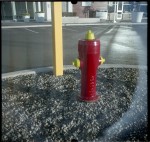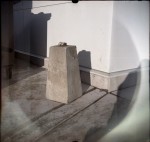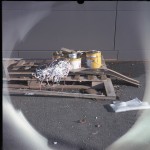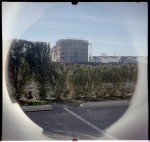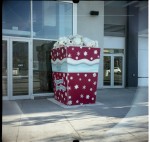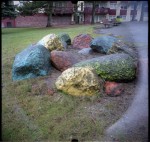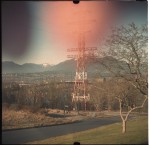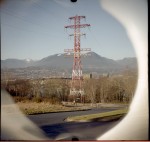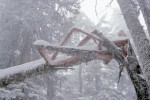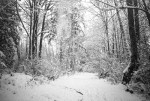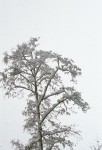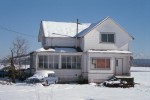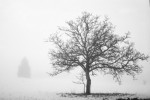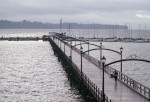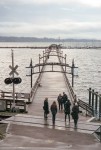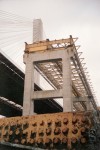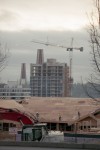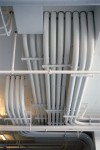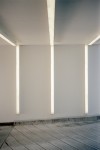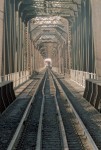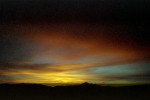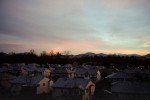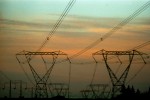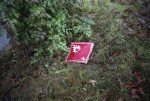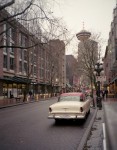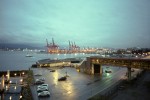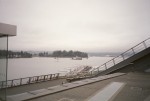Apr
5
2014
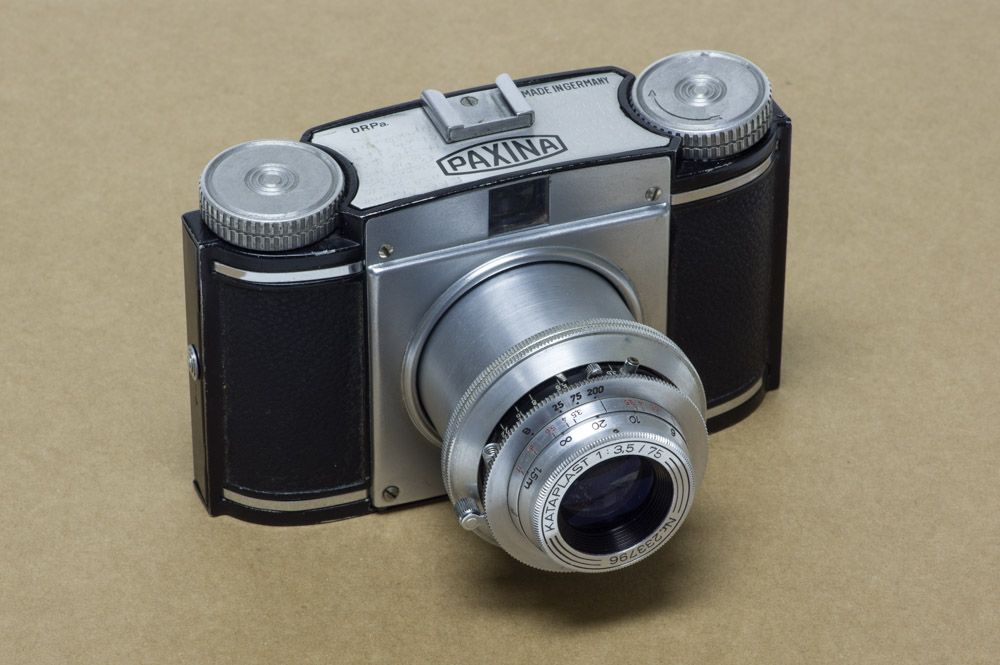
Not that much to say really there is a lens a shutter and a light tight box…wait the box isn’t so light tight. How does that Meat Loaf song go ‘..two out of three ain’t bad.’ yah he was wrong.
The lens on the Paxina is colapsable which is nice for making it slightly more compact but it lets light in where it’s not supposed to. In hindsite I shouldn’t be that surprised after all I am sliding a shiny metal tube into a hole in the front of the camera what did I expect. The shutter works well despite the age of the camera but is limited to 1/25, 1/100, 1/250 and Bulb. I love the name of the lens the Kataplast its 75mm f3.5
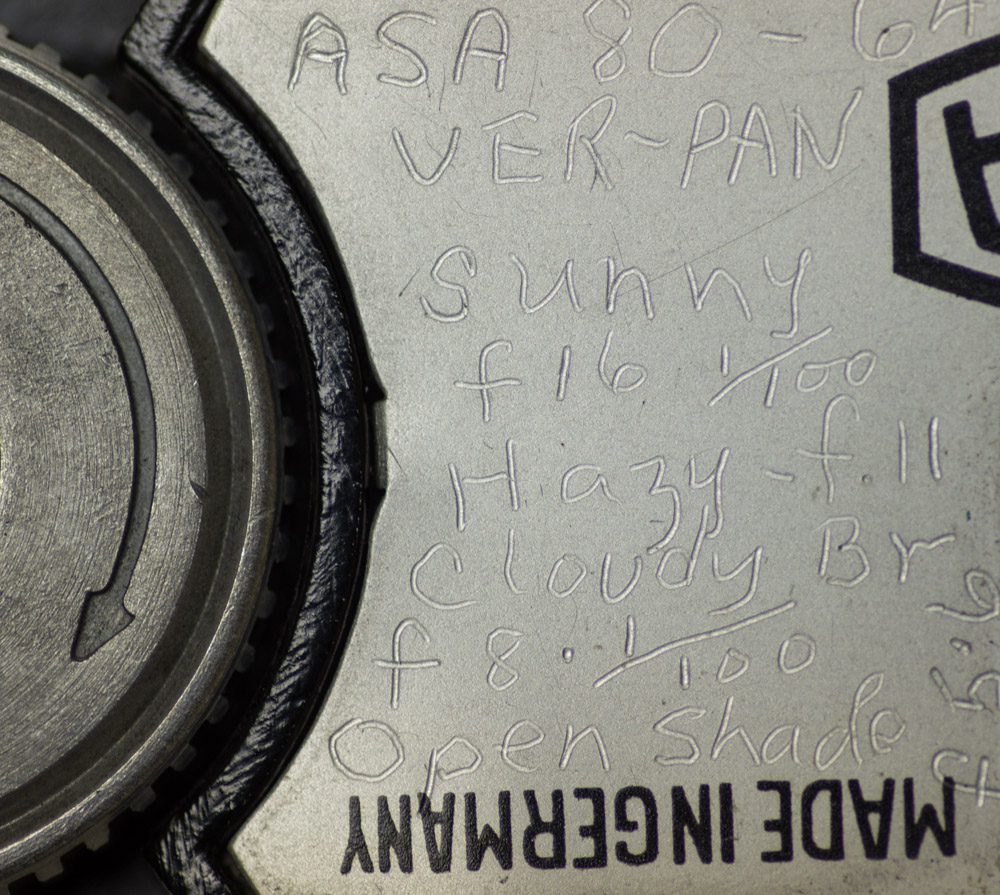
Someone kindly scratched all types of wonderful reminders on the top plate of the camera so now I know if I’m shooting Verichrome-Pan film in Hazy conditions I should use 1/100 and f 11 thanks for that. On the other side is the even more helpful information for Ektachrome ASA 32.
3 comments | posted in Cameras, Photography, Uncategorized
Apr
2
2014

There is something quite liberating about having a fixed lens camera do the exposure for you, it lets you forget that one technical aspect and concentrate on the making of the image. The Konica C35 does exactly that but with what I think is the added benefit of rangefinder focusing. With most autofocus point and shoots your never truly sure where it’s focused and I like to be in control of that. To me this is as close as it gets to simply converting what you see into a static image. There are of course multitudes of options for producing superior images. In that case though its like there is a layer of technology between the photographer and the image. It’s a subtle thing that I’m struggling to convey with words but using the Konica C35 or other cameras like it is a wonderful and simple photographic experience.
no comments | posted in Cameras, Photography
Mar
29
2014

This post serves a dual purpose: one as an ode to spring 2014 and the other as a test of the Pentax M Macro 1:4 100mm lens on my Pentax K-01. I am happy with the performance of this lens even when used at its widest aperture. It only remains to be tested with 35mm film but I suspect it will do just as well with the added benefit of allowing me to share the lens between film and digital. It’s slightly more compact than the DFA 100 Macro WR and is manual focus but it actually seems better suited to the K-01 and the way that this mirrorless camera is used. In fact with its focus peeking the K-01 is an ideal manual focus camera.
1 comment | tags: Digital, lens, Pentax | posted in Cameras, Photography
Mar
26
2014
This is such a tiny camera, it ‘s hard to convey just how small, thankfully I took a photograph.

That is of course a 35mm film canister which it does not use (It’s an APS camera). The camera is so light and small it can easily be slipped into a coat pocket or an empty crevice in a camera bag. Unfortunately this camera will very soon be a film orphan as the world-wide stocks of expired APS film dwindle but at least I gave it one good run before it goes into the cabinet of curios beside the Fuji Q1
1 comment | tags: APS, Cameras, film | posted in Cameras, Photography
Mar
23
2014

Why would I choose to use a point and shoot film camera to take pictures in the snow? Exposure compensation is my answer. The Pentax 24EW has the best exposure compensation system of any point and shoot I have or am aware of. It allows +-3 EV in half steps. That is an enormous bonus when shooting in the snow which tends to be very bright and cause camera metering systems to over compensate resulting in an under exposed image. Using the Pentax 24Ew in this case I dialed in +1 to +2 EV which means that the shutter would stay open twice to four times as long for the same aperture. The other thing that you want to do when taking pictures in the snow is to ensure the flash doesn’t fire. If it does it can cause some areas to be over exposed and if the light catches falling snow flakes they are likely to become just bright little lights obscuring the image. And the other reason for using this camera is of course it’s 24mm wide end of the zoom range. Other posts that include the Pentax 24ew Wide angle Point and Shoot Pentax 24ew the Ewwwwww E X T R A W I D E
no comments | tags: camera, Pentax Film | posted in Cameras, Photography
Mar
16
2014
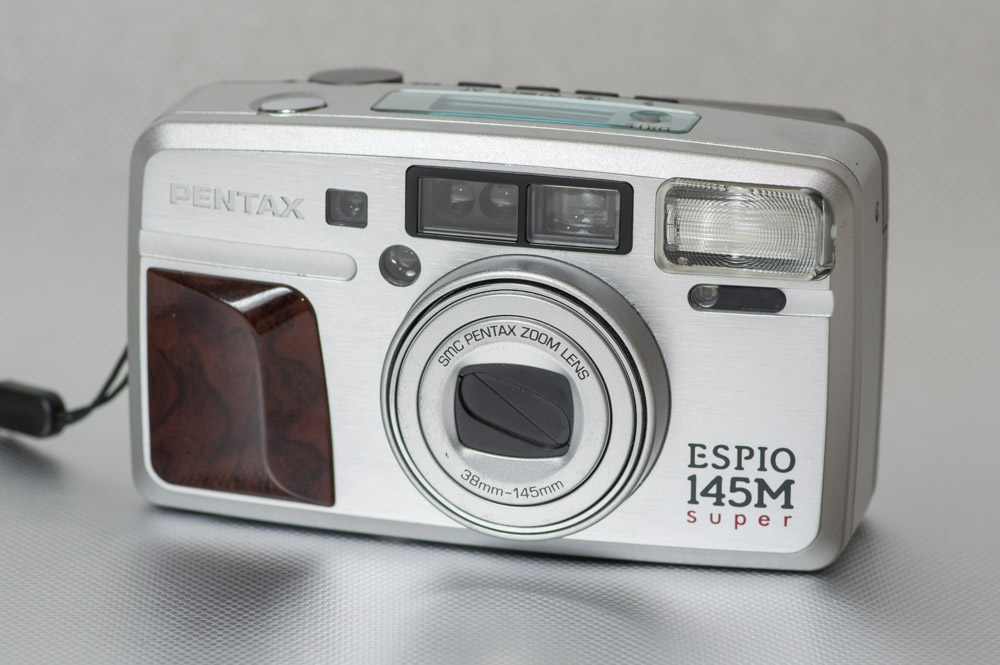
Okay I have to admit the only reason I have this camera and used it was because of the brushed aluminum and the fake wood hand grip. I find it amusing like it is supposed to be some high-end product with custom touches when it’s really just a run of the mill film point and shoot. The 38-145mm lens has apertures of 4.8-12.5 at each end which is definitely slow, meaning its best to use 400 ISO film to ensure high enough shutter speeds to prevent camera shake. Pentax describes the lens as being 8 elements in 6 groups and it also has the SMC coating. It’s actually not too bad a lens at the longer end but at 38mm it has a ton of pin cushion distortion as you can see in the shot of the window. The shutter goes from 1/400 second down to 2 seconds. Released in 2002, which is well within the transition to digital that the industry was going through. In the end it’s not a terrible camera but there are many better ones if your going to burn some film.
3 comments | posted in Cameras, Photography
Mar
13
2014
Sometimes a scene warrants a wide-angle shot so which ‘vintage’ film point and shoot provides the best quality? This is a question that has been burning up the internet like an asbestos glove. The three cameras compared here are ones that I happen to have. There may be others out there, as well as wider ones. The Freedom Vista is strictly panoramic while the Ricoh R1 can be modified to work as a full frame 24mm lens but there are reasons that may not be worth it. I will cover that later. The Pentax 24EW though can shoot a full 35mm frame at 24mm not just a panoramic. As for the speed of the different lenses at 24mm the Pentax is f4.9 the Minolta f4.5 and the Ricoh f8.
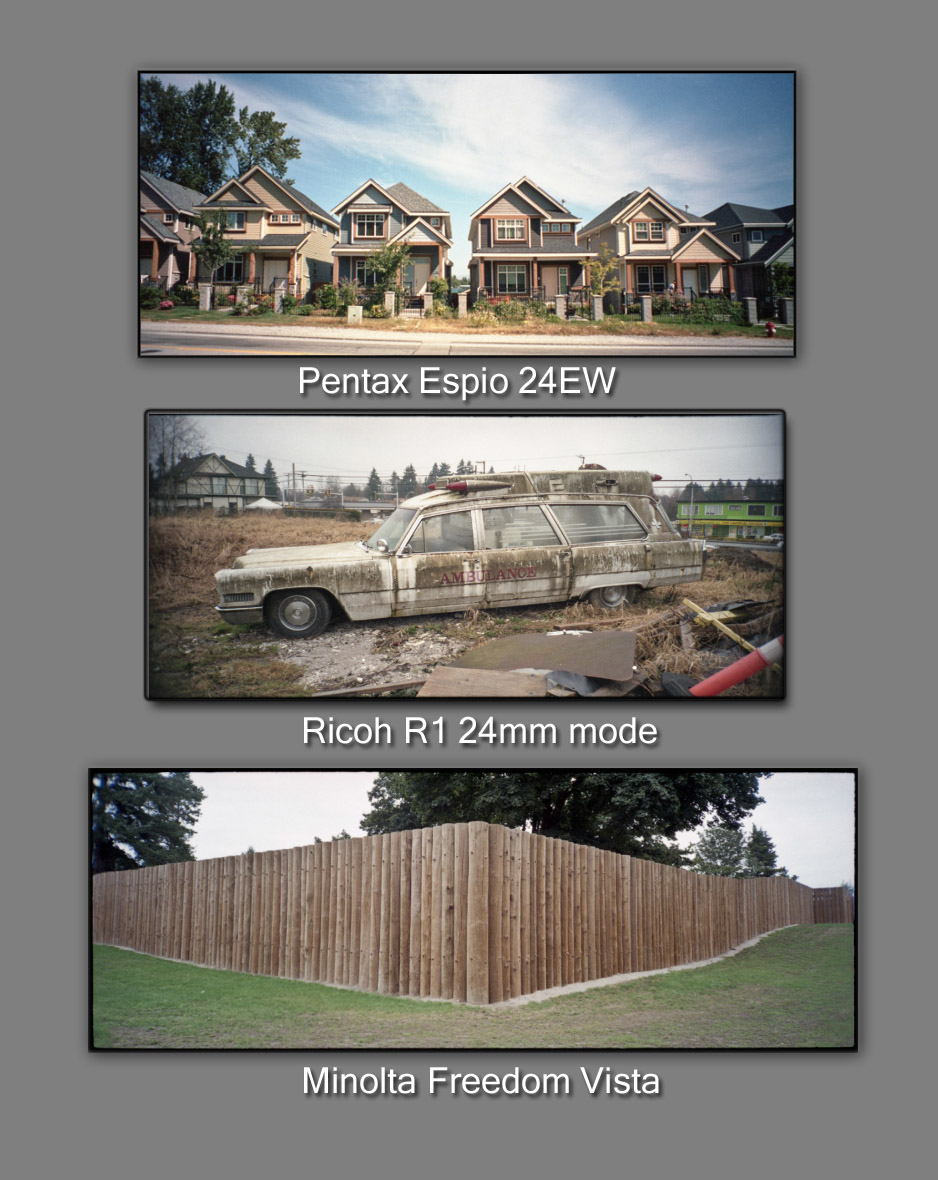
All three provide a reasonable image at the center of the frame but its a different story near the edge, that’s what separates them.
So looking at the edges of the frames you can see that the Pentax performs the best followed by the Minolta and then the Ricoh
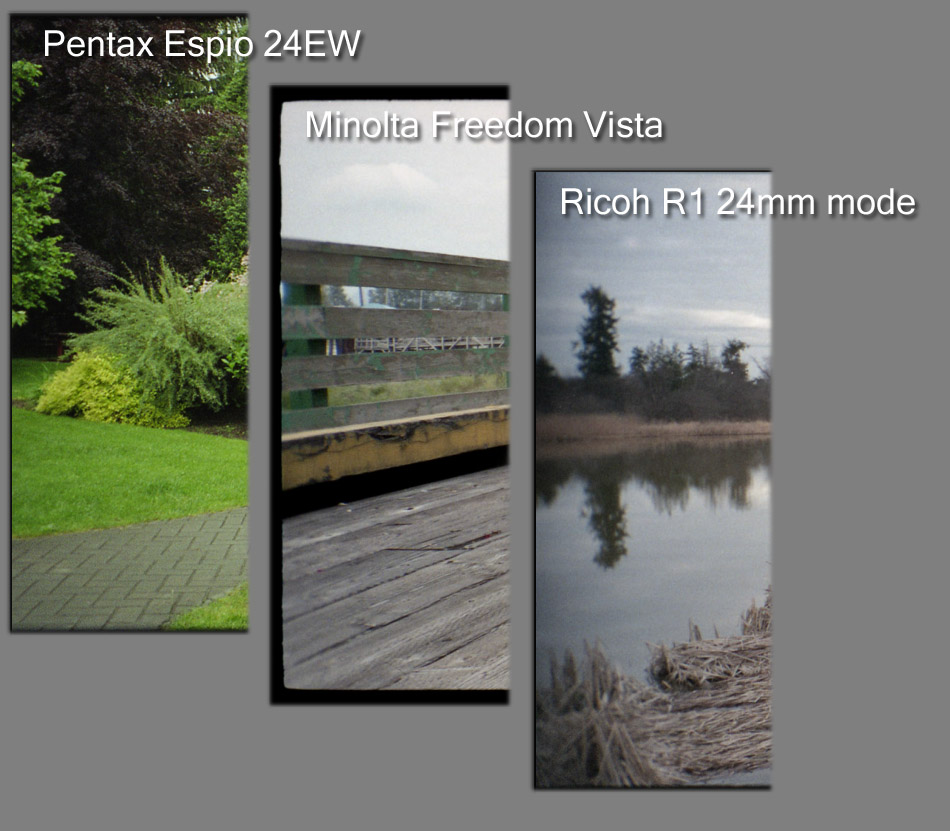
So it’s the Pentax 24EW for the optical gold medal but it doesn’t end there as I said before the 24EW isn’t limited to panoramic mode but produces decent 24mm full frame images
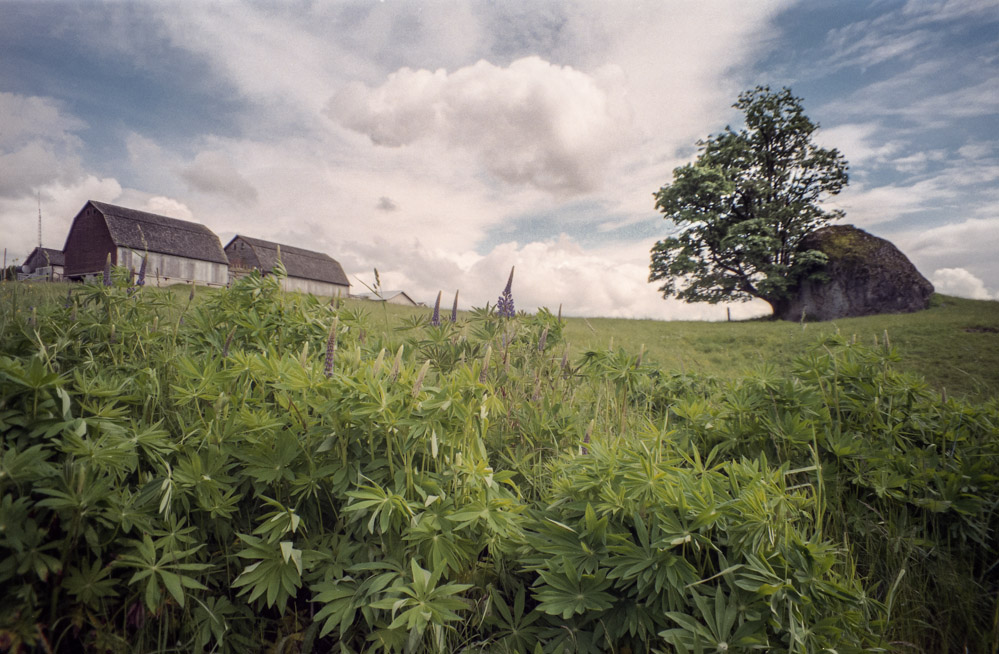
Earlier I mentioned that the R1 can be modified to take full 35mm film images. The way to achieve this is by disabling the panoramic mask from engaging. I have a Ricoh R1s that I modified to take 24mm images in this way (After I realized it already had focus problems) but this is the sort of vingetting you can expect with that. It just was never designed to cover the entire 35mm frame and it also results in a very slow aperture of f8.
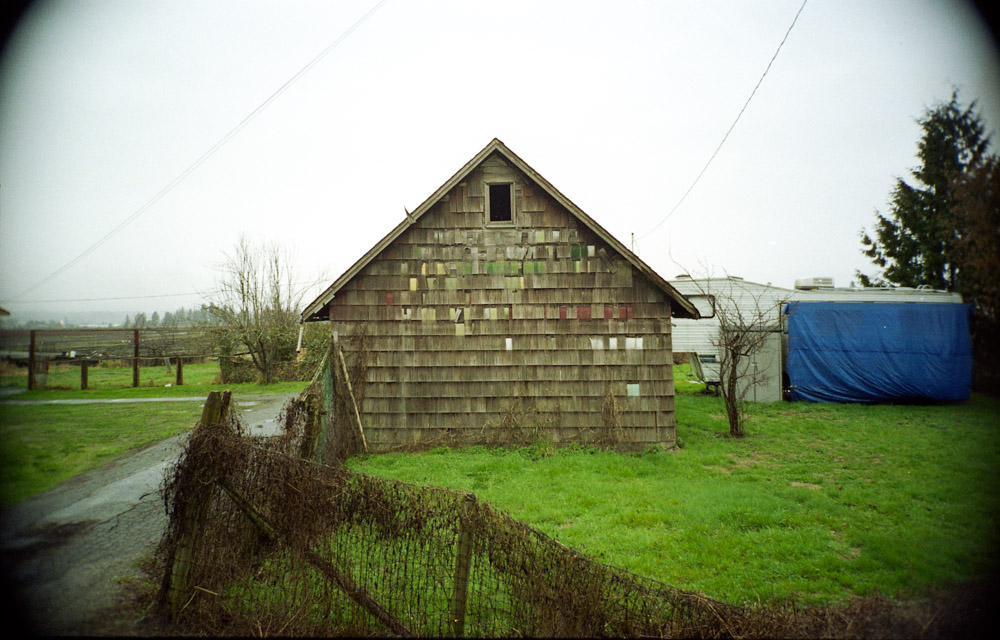
So for the pros of the different cameras :
The Pentax 24EW is the most versatile with the best image quality and can take a full image at 24mm
The Minolta Freedom Vista has the best viewfinder for composing panoramic images and has decent image quality
The Ricoh despite not being very good at 24mm is exceptional at its native 30mm focal length (that’s right it uses a second set of lens elements to achieve the 24mm)
So in the end all three are interesting to use for different reasons.
no comments | tags: film, panoramic, Photography | posted in Cameras, Photography
Mar
9
2014

The Minolta Super A is fairly loud, it sounds more like an SLR with a reflex mirror than a rangefinder with a leaf shutter. It doesn’t leave you guessing though about whether it clicked or not. I find it to be an attractive though very heavy camera. You can read more about it at my post here Minolta Super-A . The lens is not very flare resistant and allowing the sun to hit the front element results in a huge drop in contrast and a lot of lens flare.
I suppose if it were just about the image and nothing else I would stop using these older film cameras and just shoot digital but there is something that’s hard to pin down in the experience of shooting a nice mechanical camera. If you think about it there is nothing in the experience that is technically superior to modern equipment and I don’t have waves of nostalgia sweeping over me. So what is it? I think it may just be the joy of well made things just like someone might enjoy having a nice watch or a good set of cooking pots I happen to like cameras. As well I like the look of film images and there may lay a little bit of nostalgia because every photographic image I saw for the first 2/3 of my life was made using film of some sort and that is what I am used to and like. That isn’t to say I don’t like digital imagery and that there isn’t great new work being done with digital of course there is but it isn’t from that formative time in my life, it doesn’t look like the images I saw in National Geographic or any other magazine of my childhood. It makes me wonder if someone who has grown up in a time when digital photography has always around will see any attraction to film images, but then this is also the same sort of transition that occurred when colour photography became more prevalent and was brought into the contemporary art world. It wasn’t that long ago really that serious photography was done with black and white film because that’s how it always had been.
no comments | tags: camera, film, Minolta | posted in Cameras, Photography
Mar
2
2014
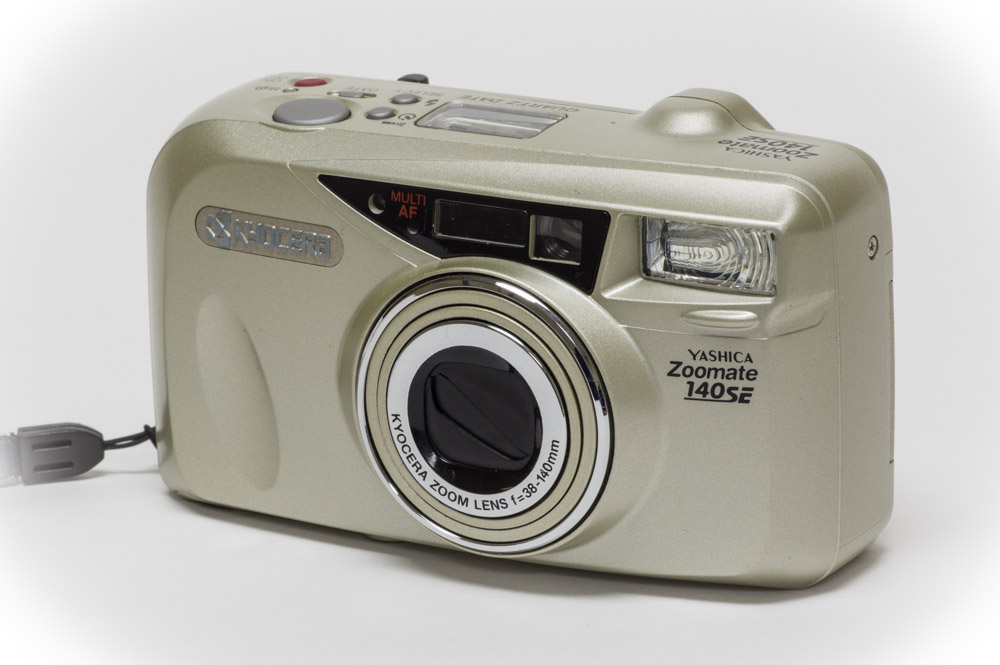
Released in 1998 the Yashica Zoomate 140SE is very small considering that it zooms from 38-140 mm while covering a 35mm film frame. If cameras were judged solely on the appearance of their optical coatings this camera would come out on top. It’s clear by looking at the lens that they didn’t hold back even the lens element inside the camera facing the film is coated.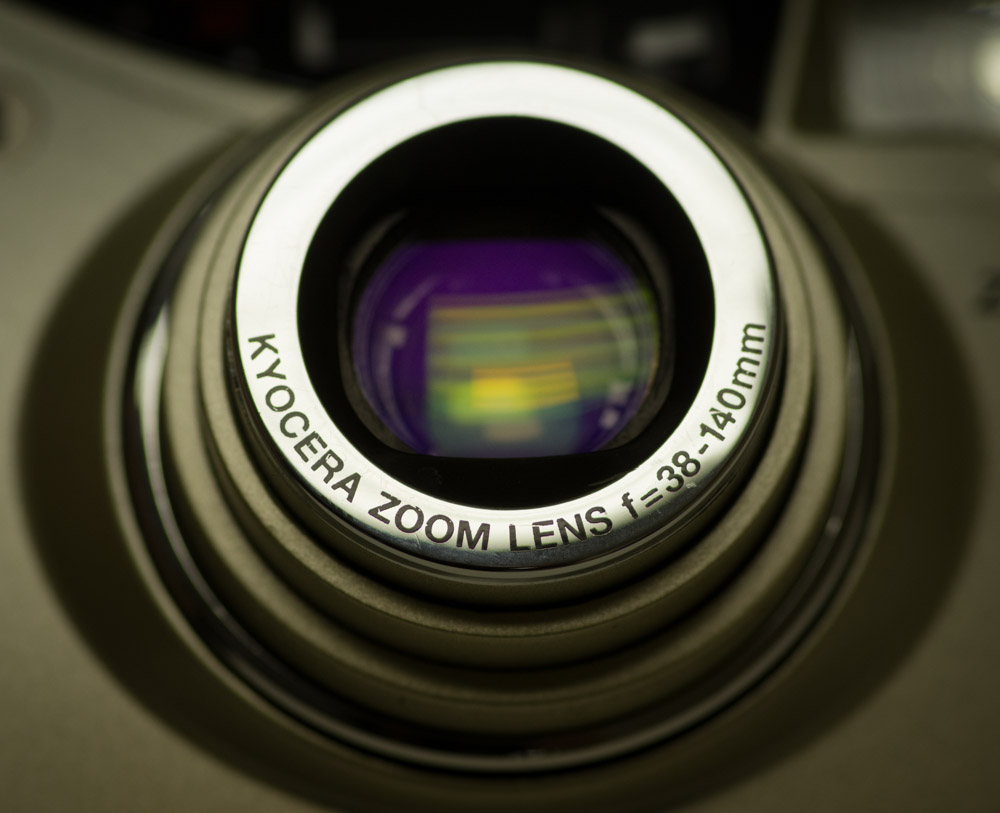
It’s a very quite camera and thankfully when the flash is turned off it stays off until it is shut down and restarted. It suffers of course as all the cameras of this type do with a slow lens f6.2-11.7 10 elements in 9 groups so using fast film is best.
Kyocera who owned Yashica by this time touted the features of the autofocus system and while I can’t verify them against other sytems (seems like a lot of work and film) it did a great job with this roll I can’t say any images were actually out of focus.
The Zoomate 140 has a five beam Passive Auto Focus System, which is more precise than other focusing systems because of its ability to sense the focal point regardless of subject distance. The Passive AF System offers sophisticated AF SLR technology in a very easy to use point and shoot camera.
An Infrared Focusing System is also incorporated for use in low contrast or low light situations. Other focusing features are Spot Autofocus and Focus Lock capability.
1 comment | posted in Cameras, Photography
Feb
23
2014
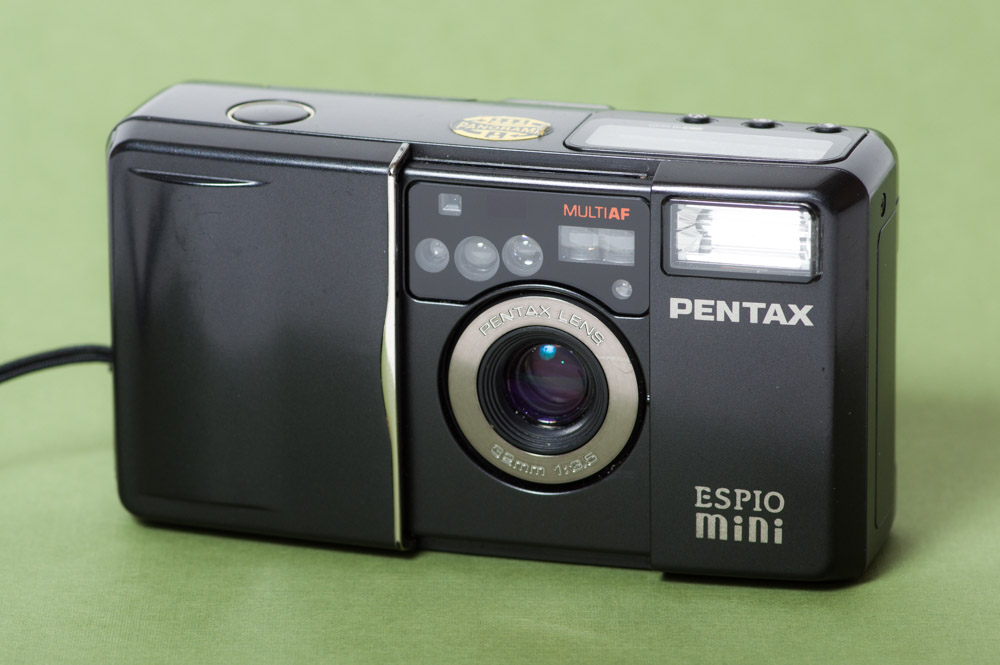
The Espio mini is such a fun little camera. It may not have as fast a lens as the Olympus Stylus Epic with its f2.8 but the Pentax is 32mm rather than 35mm which makes enough of a difference to be noticeable. It’s a nice compromise between a 28mm and a 35mm lens. Previously I wrote about how my UC-1 had failed but since then I have found a replacement and am very pleased with it. Being a clam shell design it’s easy to carry around and open up when needed and is small enough to slip into a coat pocket.
3 comments | posted in Cameras, Photography


